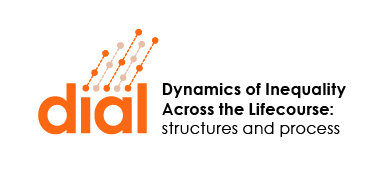This paper uses Norwegian register data to examine the story behind income growth and people living longer in Norway over the last 70 years at both a municipal and individual level.
It finds that the large gap in infant deaths between poorer and richer parts of the country largely closed in the late 1960s. However it took several more decades for the mortality gap between individual rich and poor infants to close.
The story was less clear for older people where, at the municipal level poverty seems not to have made much difference to the likelihood of dying earlier. At the individual level, however, poorer older people continued to be more likely to die than their better off counterparts until 2010 when the income gradient in mortality for this age group gradually flattened out.
The researchers say the improvements are an important example of how access to healthcare, the communication of scientific knowledge and changes in health behaviour can affect children’s lives, particularly among disadvantaged groups.
They add a note of caution, however that whilst the levelling out of the playing field among the rich and the poor in terms of infant mortality is an important achievement for a comprehensive welfare state such as Norway, it is important to note that this does not suggest that mortality equality at older ages holds for children born today.
Occupational hazards and different health behaviours as teenagers by various socio-economic groups could still contribute to mortality inequality at later ages for these individuals.
